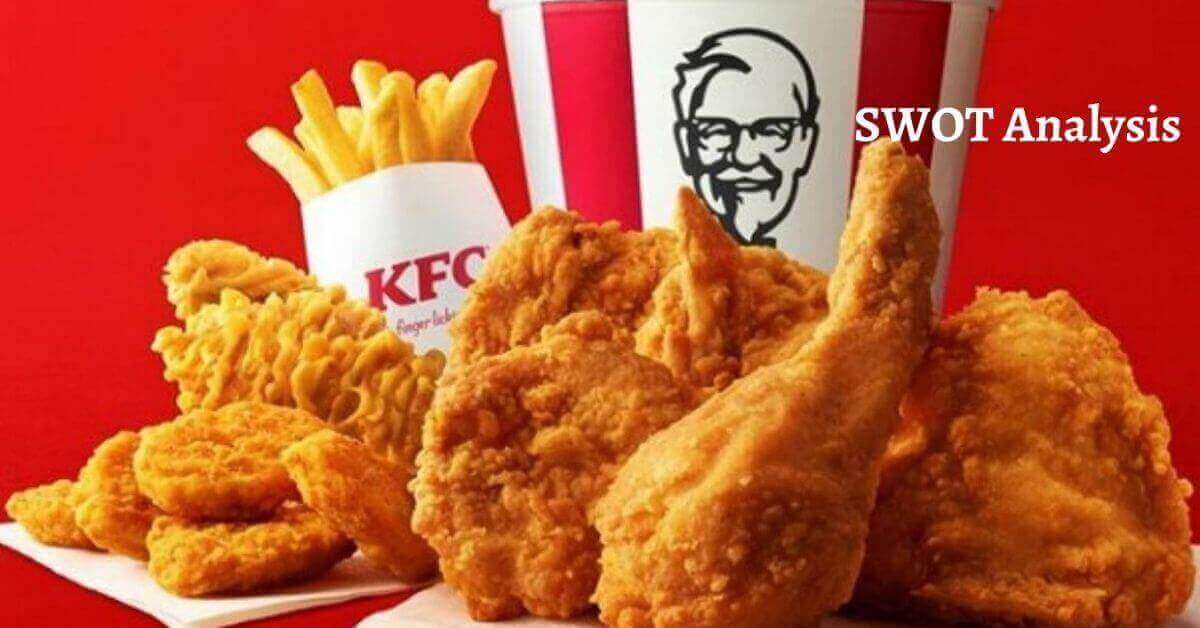Swot analysis of Target Corporation. Target is the 8th largest retail chain in the US. John Geisse and George Dayton are the founders of Target Corporation and they laid the foundation of the company on June 24, 1902. The headquarter of Target is in Minneapolis, Minnesota, USA.
Target Corporation has been changing its stores’ names at different times in history, they’re as follows;
- The brand’s name was Goodfellow Dry Goods from 1902 to 1903,
- Dayton Dry Goods Company from 1903 to 1910,
- Dayton Company from 1910 to 1962,
- The Dayton Corporation from 1962 to 1969,
- Dayton Hudson Corporation from 1969 to 2000.
- Retail brand has adopted the name Target Corporation since 2000.
Some of the major brands of the company are;
- Target Express,
- City Target,
- Super Target,
- Target Greatland,
- Target
Some of the major products and services of Target are;
- Healthcare,
- School, Office, and party supplies
- Traveling items
- Gardening and lawn supplies
- Home appliances and electronics
- Furniture and bedding
- Sports, games, and toys
- Pet items
- Footwear, accessories, and clothing
- Food and beverages
According to an estimate, the annual revenue of Target Corporation in 2023 was 109.120 billion dollars and it has increased by 2.94%. Out of which, the net income of the retail chain brand was 2.780 billion dollars and it has decreased by 59.98%. The company has employed 440,000 employees to manage its worldwide operations.
Some of the top competitors of Target Corporations;
- Kroger,
- Walmart,
- Lowe’s,
- Amazon,
- Home Depot,
- Best Buy,
- TJX Companies,
- CVS,
- Costco,
- Walgreens,
- Tesco,
- Macy’s
Today, we’ll study the swot analysis of Target. It would help you to understand the working functionality of one of the US largest retail chains. Here’s the swot analysis of Target Corporation as follows;
Strengths of Target
Mobile Application
Target has a mobile application by the name of the cartwheel. It allows users to do shopping online, place their orders, check out the prices and inventory, scan product items, and manage cards.
When the pandemic crisis hit the world, the wave of lockdown, social distancing, and shutdown started. It impacted many businesses very badly. This online shopping feature of Target helped the company increase its profit and net income during the pandemic.
Inventory Management
Target follows different types of inventory management techniques. They include seasonality, vendor management, planning, and demand management. The purpose is to mark the inventory, recover the lost sales, and minimize the expiration and spoilage of the inventory.
Worldwide Presence
Target has a network of more than 11000 retail chain stores in 27 different countries across the world. Like China, Mexico, Canada, Guatemala, etc. The company has employed more than 440,000 employees to manage its various worldwide operations. Target is also very popular in the US home market and it has got more than 1900 stores.
Distribution Network
Target has more than 50 distribution centers to allocate and reallocate bulky inventory and merchandise. The company uses locally available transports to ship the merchandise to the required company’s retail chain store.
Social Work & Charities
Target has a charity social welfare organization by the name of the “Target Foundation.” The company donates 5% of its annual profit to charity. The brand has been helping the community, driving food, relief packages, and disaster preparation programs since 1946.
Partnership
Target Corporation has recently made a partnership with the coffee chain brand, Starbucks. It would allow customers to enjoy a cup of hot coffee while shopping and visiting the company’s retail store.
Designers Clothes
According to an estimate, clothing, and accessories contribute 20% of the total revenue. The company provides a clothing line of famous fashion designers. It attracts more fashion-oriented customers.
Customer Experience
Target keeps the environment of its retail chain stores clean, with plain floors, better shopping carts, and well-arranged aisles. All of these little things increase the customer experience.
Brand Positioning
The target market of Target Corporation is upper and the middle class with high-income families ranging from 64K dollars. The company offers high-quality products at a discounted price range to customers.
Product Portfolio
The product portfolio of Target Corporation is diverse. It comprises items like home décor, pharmaceutical products, sporting items, groceries, electronic items, accessories, the clothes of fashion designers, and many more. In other words, the company offers everything under one roof.
Weaknesses of Target
Data Breach
Target Corporation had a data breach in 2014. The hacker stole the personal data of 70 million customers. It impacted the company’s reputation very badly and the retail chain brand faced lawsuits because of it. Therefore, the company should have a better security system.
Costly Products
According to an estimate, the price range of Target is 15% higher than Walmart’s and other competitive retail chain stores. Some price-conscious customers visit other stores because of it.
Opportunities available to Target
Private Label Brand
Target’s private-label brands are some of the major sources of the company’s revenue. The brand should expand its portfolio of private labels and establish company-owned labels. It would help the retail chain brand to increase its market share.
Delivery Service
The same-day delivery service of Target Corporation like Amazon has turned out to be very useful to the company during the pandemic months of 2020. That’s how the company managed to amplify its annual revenue and net profit.
Rewards Loyalty Programs
Target should launch more rewards and loyalty programs like REDcard. It would help the company to have an insight into the customers’ preferences and purchasing patterns.
Partnerships & Alliances
Target should increase alliances and partnerships with other brands. Just like the company partnered up with Starbucks and CVS Health. It allowed customers to enjoy coffee and buy medicine from healthcare pharmacies at its stores. Such partnerships would increase the product portfolio of the company.
Threats Target has to face
Online & Retail Stores
Whether it’s the establishment of an online store or any physical store, anyone who has the knowledge, expertise, and resources could do it. Online stores are a bit easier to build with the latest tech tools and applications. More competitors would reduce the company’s market share.
Economic Recession
The pandemic, lockdown, shutdown of small businesses, and social distancing have made many people unemployed. Job insecurity has made people cautious about their spending and decreased buying power of the customer. The country’s economic situation would impact the company.
No Differentiation
Competitive brands like Walmart and Amazon are offering the same products at lower prices. The lack of differentiation of Target from its competitors has compromised customers’ loyalty. Price-conscious customers prefer other brands than Target.
Competitors
Amazon, Walmart, Home Depot, and many others are some of the major competitors of Target corporations. Their market expansion and increasing market share pose a major threat to the company.
Conclusion: Target Swot Analysis Example Company
After a careful study of the swot analysis of Target, we’ve concluded that Target is indeed one of the world’s leading retail stores. The increasing competition, cyber crimes, lack of differentiation, and economic recession are serious threats to the company. Target should capitalize its brand name and reputation to expand and increase its market share.

Ahsan Ali Shaw is an accomplished Business Writer, Analyst, and Public Speaker. Other than that, he’s a fun loving person.


